Greater Magadha: Studies in the Cultures of Early India
₹795.00
In stock
The book argues for the importance and independence of Greater Magadha as a cultural area until a date close to the beginning of the Common Era. In order to correct the incorrect notions, two types of questions are dealt with: questions pertaining to cultural and religious dependencies, and questions relating to chronology. As a result a modified picture arises that also has a bearing on the further development of Indian culture.
Too Good to Resist Sale is Live BUY AND SAVE NOW
Greater Magadha, roughly the eastern part of the Gangetic plain of northern India, has so far been looked upon as deeply indebted to Brahmanical culture. Religions such as Buddhism and Jainism are thought of as derived, in one way or another, from Vedic religion. This belief is defective in various respects. The book argues for the importance and independence of Greater Magadha as a cultural area until a date close to the beginning of the Common Era. In order to correct the incorrect notions, two types of questions are dealt with: questions pertaining to cultural and religious dependencies, and questions relating to chronology. As a result a modified picture arises that also has a bearing on the further development of Indian culture.
The book is arranged in five parts. Part-I describes cultural features of Greater Magadha, under which there are three chapters-The Fundamental Spiritual Ideology, Other Features and Conclusions.
Part-II: Brahmanism vis-a-vis Rebirth and Karmic Retribution has three sections- Hesitantly Accepted, Rebirth and Karmic Retribution Ignored or Rejected, and Urban Brahmins. Under section one there are chapters on„ Dharma Sutra, a portion from the Mahabharata and the early Upanisads. Section two features chapters on Rebirth and Karmic Retribution Ignored and
Rebirth and Karmic Retribution Rejected. Section three is on urban Brahmins.
Part-III dwells on the chronological issues, – linguistic consideration, the Vedic texts known to the early Sanskrit grammarians, to the early Buddhists, some indications in late-Vedic literature, urban versus rural culture, etc.
Part-IV is Conclusion, while Part V has useful appendices-The antiquity of the Vedanta philosophy, a Carvaka in the Mahabharata, Vedic texts known to panini, the form of the Rgveda known to Panini, Vedic texts known to Patanjali, Brahmins in the Buddhist canon, Brahmanism in Gandhara and surrounding and Carvakas and the Sabarabhasya. The book also contains references and index.
Review(s)
About the Author(s)
JOHANNES BRONKHORST is Professor of Indian Studies at the University of Lausanne, Switzerland. He has authored several books and articles on traditional Sanskrit linguistics, Indian thought, the history of asceticism and meditation in Indian religions.
Additional information
| Weight | 0.5 kg |
|---|---|
| Dimensions | 10 × 11 × 12 cm |
| Book Author | Johannes Bronkhorst |
You must be logged in to post a review.

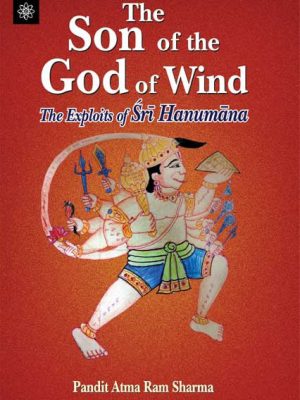
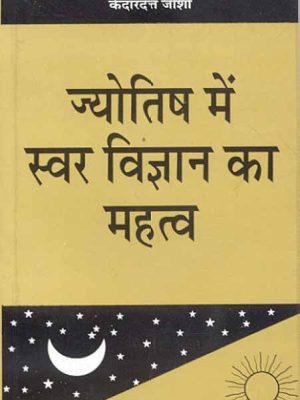
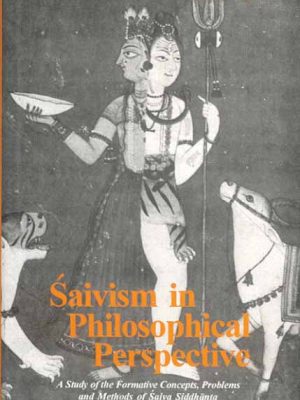
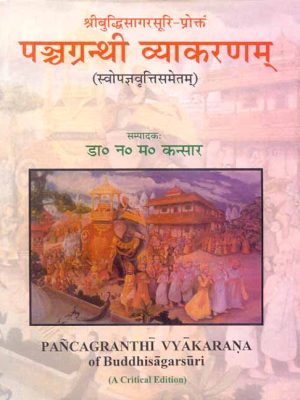
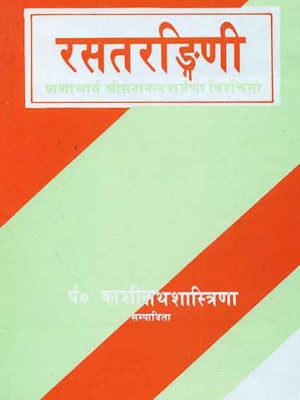
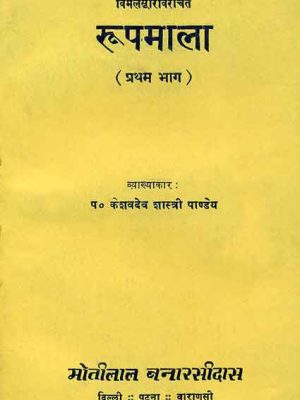

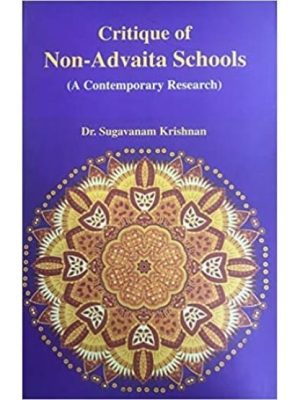
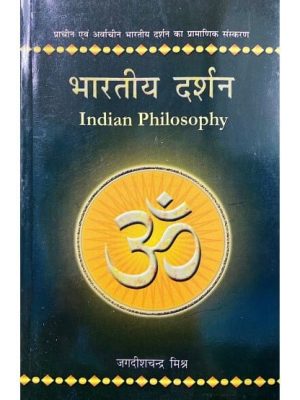
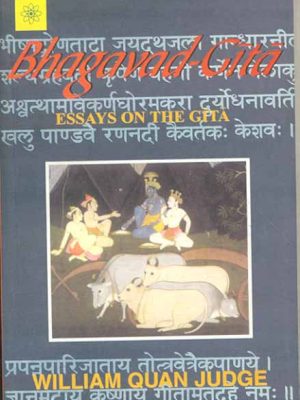


Reviews
There are no reviews yet.